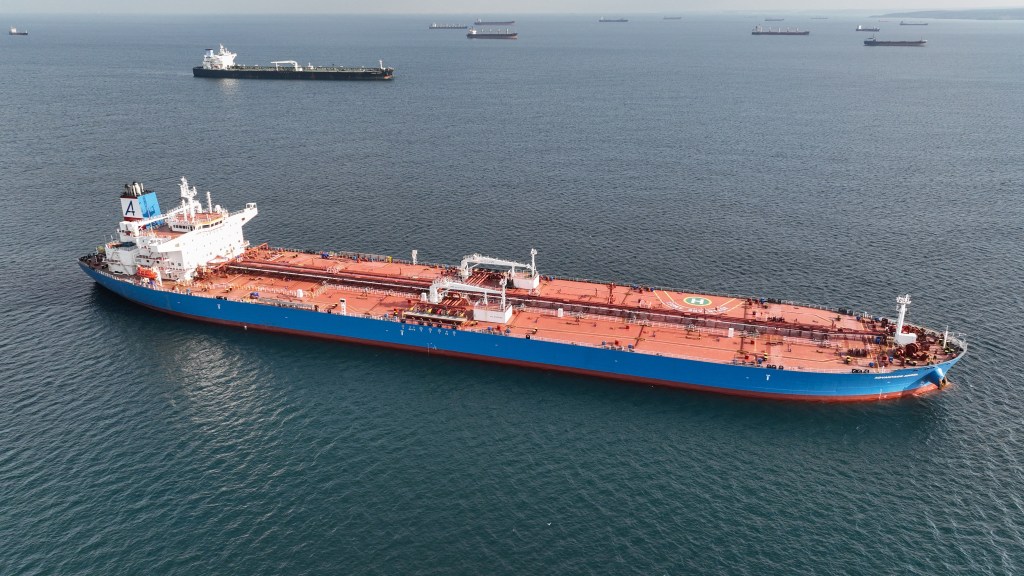The International Energy Agency (IEA) sees India’s continuous dependence on imports to meet its energy needs and its diversifying of sources of supplies to farther regions as a threat to the country’s energy security.
Adequate oil stocks and spare capacity is crucial to balance the rising volatility in the crude oil market, Toril Bosoni, Head of Markets at the Internation Energy Agency told Arunima Bharadwaj in an interview on the sidelines of the India Energy Week. India is set to become the largest source of oil demand during the decade, he said. Excerpts
How do you see the global oil and gas market emerging given the current geopolitical situations across the globe and demand-supply disruptions? What possible impact can this have on the India’s oil import bill?
Given the rising geopolitical tensions and India’s increasing reliance on imports of (crude oil), not just from the Middle East but also further away from Russia, spotlights the vulnerability of the industry. Crude supplies are coming from farther places and transiting through critical passages.
So in this regard, it does put this (India) in a situation of insecure supplies. India’s import dependency continues to rise. The importance of oil stocks and strategic petroleum reserves cannot be overstated. India already has a diverse set of suppliers which is good for its security of supply but because the country is sourcing from faraway places, there are longer supply chains involved, inventories are becoming more critical.
Do you see the Middle East regaining the slot of top supplier of crude to the country given the narrowing discounts on Russian crude oil to India?
The Middle East remains a very important source of oil supply to India. Its share has come down and Russia’s has increased. And of course it depends on the relative pricing. India is keeping a diverse set of suppliers and of course we know that depending upon relative prices of different crude, Indian refiners will make that choice.
How is Indian oil demand seen growing in the next few years?
India is set to become the largest source of oil demand during the decade, that is, by 2030. India’s oil demand will reach 1.2 million barrels per day during 2023-2030. With this growth, India will take over China by 2027 in terms of annual growth rate.
This growth is dominated by gasoline and diesel because of its dominance in Indian markets such as industrialisation, agriculture, manufacturing. So this is the key to growth. LPG demand also, we see continuously growing.
The global oil market has been governed with a lot of volatility last year. With geopolitical tensions rising once again, how do you see the trajectory for crude prices in 2024?
OPEC is sitting on a lot of spare capacity. They have extra voluntary cuts that are keeping the crude market tight. With rising geopolitical tensions there is a risk of upside volatility (in crude prices).
Moreover, industry stocks remain relatively low. We have not rebuilt industry stocks to their five year average and so that buffer remains relatively narrow. It will be good to also be able to rebuild inventories that will reduce the volatility. Oil stocks and spare capacity is what you need to be able to balance volatility in the oil market.
IEA has projected that despite strong efforts to boost domestic production, India’s oil output is seen relatively low in the decade ending 2030. What are the possible reasons for this and what needs to be done from the policy side?
A lot of efforts have been placed from the policy side. The access to acreages has also increased significantly. So far we haven’t seen much interest from the international companies but we do see some interest from Indian oil companies.
Given the global context, the oil demand will peak this decade and international companies are focusing their upstream investments in core areas. There might be some change in India’s projections if there is a big discovery and then other companies might join in.
But one of the reasons we see oil production declining over this period is just the time it takes to bring its own (the country’s) production online. Even if we sanction the new project today, by the time you actually bring that production online, that time is quite significant. If companies make investment decisions, and they have a speedy development program, it happens. Which is why it (improved production) might come later in the next decade.
Why is the Russian import of Sokol grade of crude oil facing issues in delivery to Indian oil companies?
The sokol grades have been priced above the price cap for quite some time. Urals have been below and (prices of) Sokol and Espo grades have been above. Maybe it (sanctions on the vessels) is related to that.
